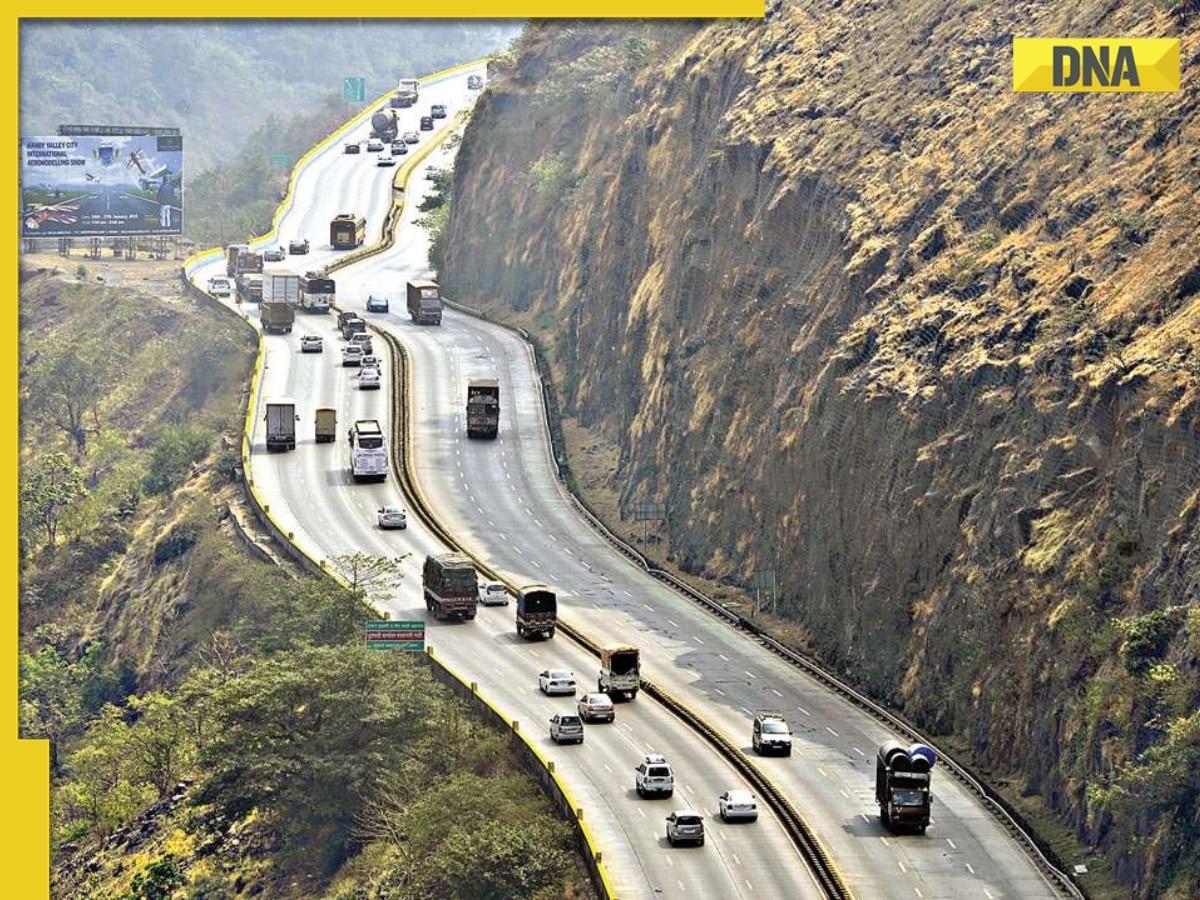
You must have traveled on expressways and highways and know that paying toll tax on every expressway is a given. But, do you know which is the most expensive expressway in the country? On this expressway, a car driver has to pay about Re 1 more per kilometer compared to other routes. Another special characteristic is that it is also considered to be the oldest expressway in the country, constructed 22 years ago.
We are talking about the Mumbai-Pune Expressway, which is also considered to be the oldest and first expressway in the country. It was constructed in 2002 under the leadership of the then-Prime Minister Atal Bihari Vajpayee. This road serves as a crucial link connecting Mumbai to Pune, one of the busiest cities in Maharashtra. You will be surprised to know that it is also the first 6-lane road in the country.
The cost of building this expressway in the country was a staggering Rs 163000 crore. Its total length is just 94.5 kilometers. The road starts from the Kalamboli area of Navi Mumbai and terminates at Kiwale in Pune. Unlike many other expressways in India, this one was not constructed by the National Highways Authority of India (NHAI) but by the Maharashtra State Road Development Corporation (MSRDC). To enhance the safety and convenience, 3-lane concrete service lanes have also been built on both sides of this expressway.
With the opening of this expressway, the travel time between Mumbai and Pune has been drastically reduced from 3 hours to just 1 hour. The Mumbai-Pune expressway has significantly increased the number of daily commuters between the two cities. The beauty of this expressway is worth seeing as it traverses the Sahyadri mountain range. Tunnels and underpasses have been constructed to navigate through the rugged terrain of the mountain range. The speed limit on this expressway is set at 100 kilometers per hour, allowing for a swift but regulated journey.
Now, let’s talk about the toll tax. The Mumbai-Pune expressway is the most expensive in the country.
. A car driver has to pay Rs 336 for a one-way trip. This equates to approximately Rs 3.40 per kilometer. In contrast, the average toll fare on other expressways in the country is about Rs 2.40 per kilometer. Hence, commuters here end up paying Re 1 more per kilometer compared to other routes.
The Mumbai-Pune Expressway has not only shortened the travel time but also increased economic activities between these two cities. The expressway is more than just a road; it represents growth, development, and a seamless connection for thousands of people every day. Its construction was a landmark achievement in Indian infrastructure, transforming the way people traveled between Mumbai and Pune.
When looking back at the historical significance, this expressway stands as a testimony to the forward-looking vision of India’s infrastructure development in the early 2000s. The initiative taken by the then-government to develop a world-class road network set the benchmark for future developments in the country.
The expressway also serves as a blueprint for future projects aiming at connecting major hubs to promote economic and social unity. The presence of service lanes ensures that the expressway can handle emergencies and breakdowns without disrupting the main traffic flow. High-tech surveillance systems and patrolling are parts of the expressway’s feature set, making it not only the oldest and most expensive but also one of the most secure routes in India.
Given its historical and economic significance, the Mumbai-Pune Expressway remains an indispensable artery in Maharashtra’s road network. Whether it’s for work or leisure, this expressway continues to serve as a vital pathway, driving both movement and progress. The opening of this expressway has thus been a win-win situation for both cities, aiding in their mutual growth.
As infrastructural projects evolve and develop further across the nation, the Mumbai-Pune Expressway will always be remembered as a pioneering project that set the wheels of modern Indian roadways in motion. Thus, it remains not only a route for travelers but also a symbol of India’s journey towards infrastructural excellence.










